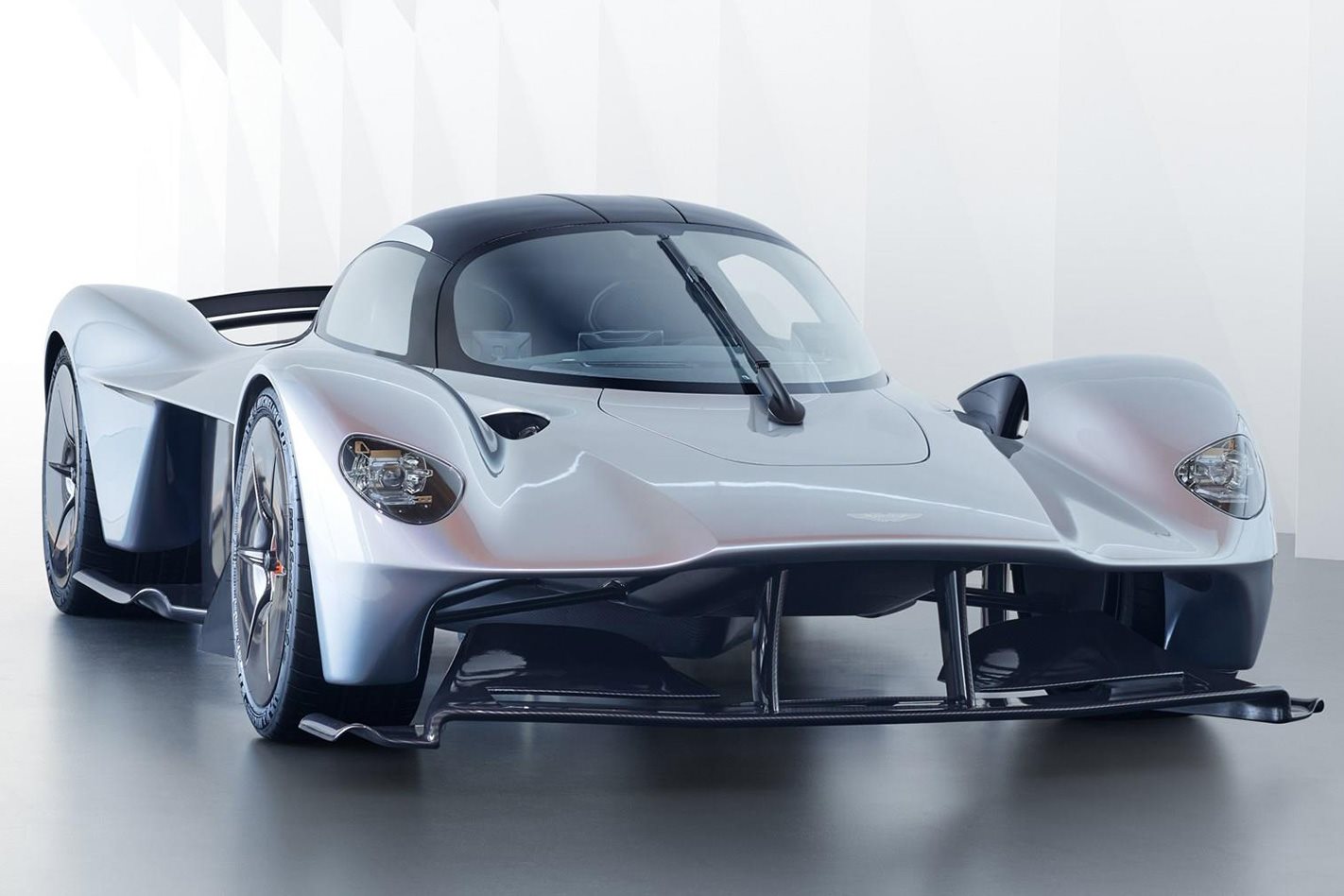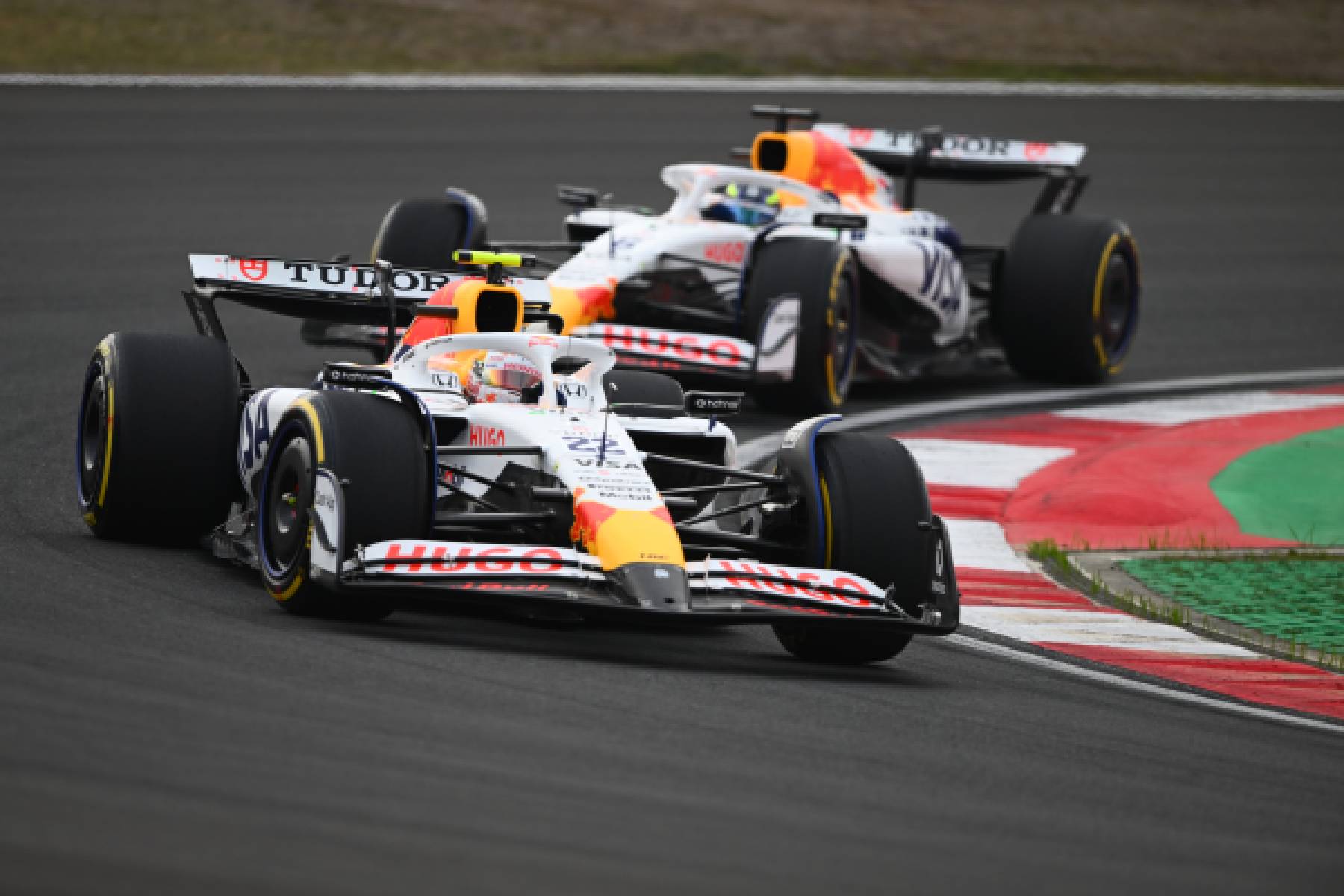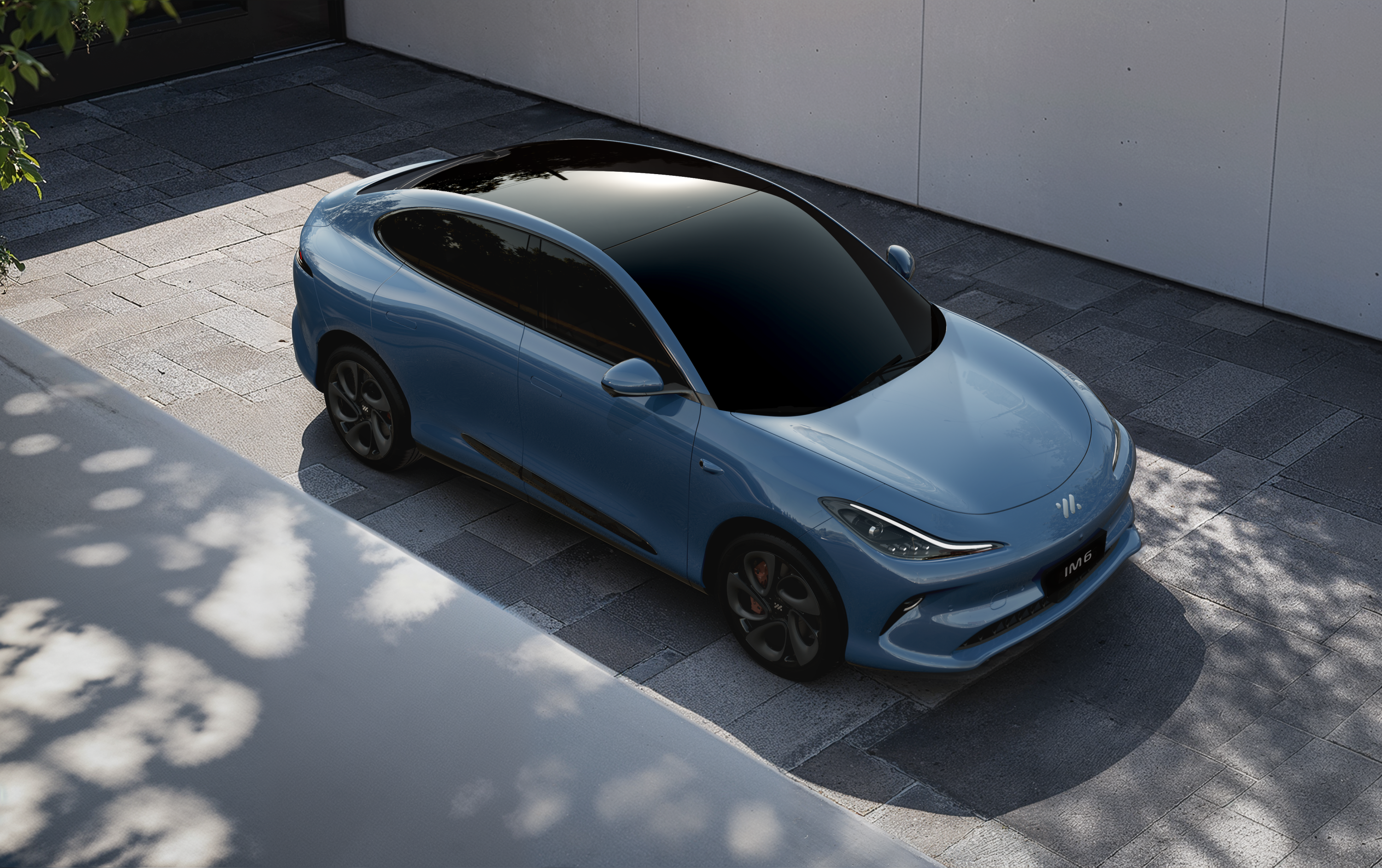The Aston Martin DBS Superleggera is a stunning vehicle. Brooding, pumped-up and delivering a heady 533kW from its twin-turbo V12, it’s also a mobile billboard for a company about to go public. Aston’s CEO, Andy Palmer, is a shrewd operator and will have noted the effect on Ferrari’s share price of its halo and special edition models. With a game plan that encompasses seven new models in the next seven years, there’s plenty of scope to extend the brand upwards into even higher margin models.
The Valkyrie hypercar we know about already, and the Varekai SUV looks set to be Aston’s Porsche Cayenne – the car that generates the cashflow to introduce a mid-engined flagship model. In 2016 the company posted a £163 million loss, largely as a result of major capital investments in infrastructure. Last year, Aston Martin realised a profit of £87 million, with the new model conveyor belt offering investors something to get excited about.
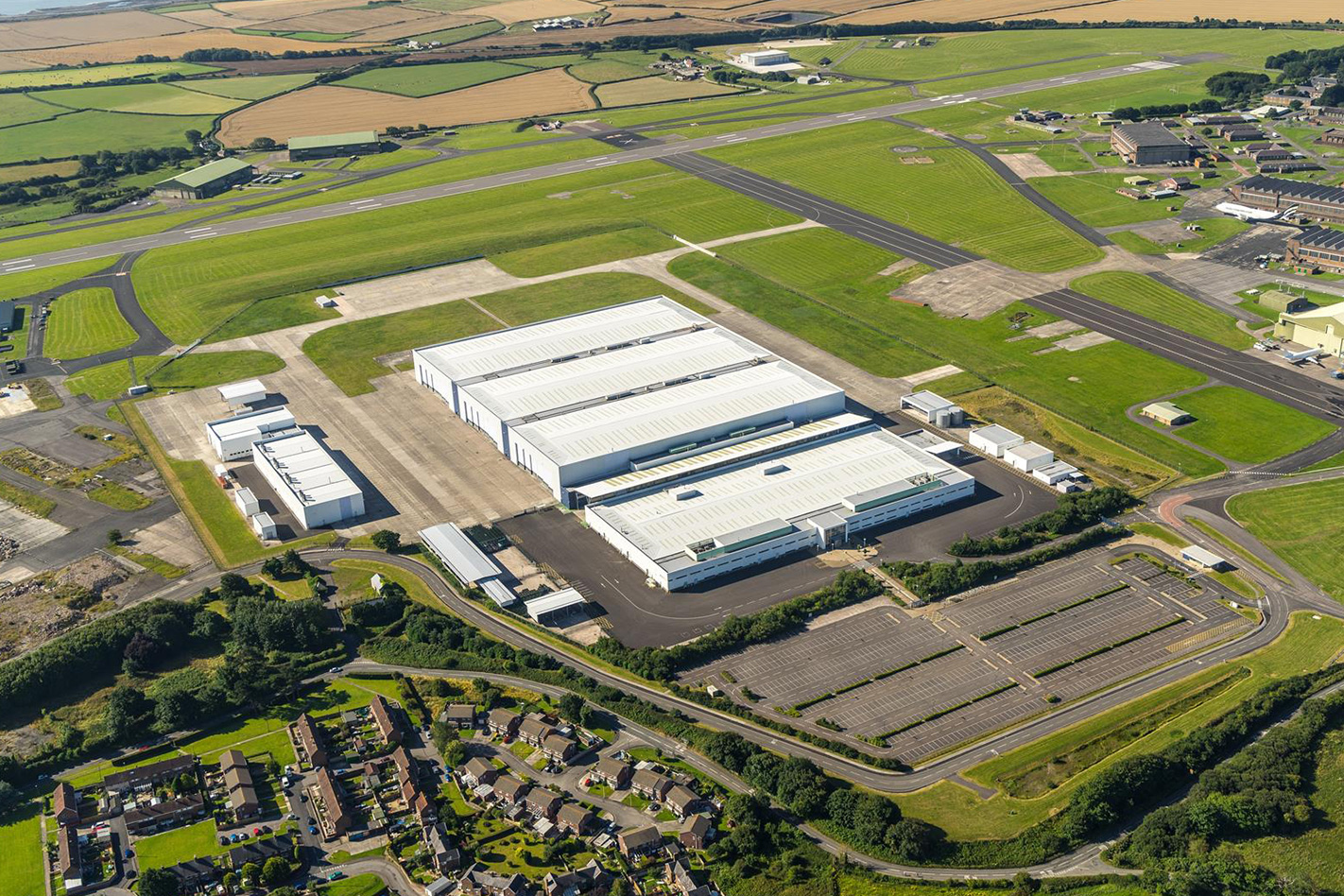
It’s easy to see why Aston is so bullish. At the very top end of the performance car market, price-to-earnings ratios are closer to those of luxury goods manufacturers than to car makers. As it stands, Ferrari’s shares trade at a P/E ratio of 39, compared to Ford at 6 and Fiat Chrysler Automobiles – from which Ferrari was spun off in 2016 – at 7. Gaydon has clearly eyed this formula and is looking to emulate Maranello’s success.

UBS equity analyst Michael Binet outlined why the investment firm still rated Ferrari as such a solid buy. “In our view, the mix of revenues from ‘super margin cars’ (e.g. Aperta, 70th Anniversary, TDF12, Japan 50th anniversary, or cars with some sort of premium pricing vs RACE’s standard production road models) will increase to 15% of total company revenues from 13% in 2016,” he said. “For example, the convertible LaFerrari Aperta largely leverages the original LaFerrari platform with minimal extra cost (no roof), but has an estimated average selling price of €1.8m compared to the original LaFerrari at €1.3m.”
While Ferrari may have dictated the ground rules in this part of the market, Aston Martin still has a very long way to go before it can level with Maranello.
Metric | Aston Martin 2017 | Ferrari 2017 |
Revenue | u20ac989.9 million | u20ac3.42 billion |
Vehicles sold | 5,117 | 8,398 |
Adjusted EBITDA | u20ac233.9 million | u20ac1.04 billion |
Adjusted EBITDA margin | 23.6% | 30.4% |
Pre-tax profit | u20ac98.3 million | u20ac746 million |
Operating cash flow | u20ac388.5 million | u20ac328 million |
Data sources: Aston Martin Holdings Ltd., Ferrari N.V. EBITDA = earnings before interest, tax, depreciation, and amortization. Adjusted figures exclude the effects of one-time items.
So who are Aston’s owners and are they looking to sell up? The principal interest in the business comes from an Italian private-equity fund, Investindustrial, and a consortium led by Kuwati private-equity firm The Investment Dar (TID). The Kuwaitis have had skin in the game for some time now, having been part of the group that rescued Aston when Ford’s Premier Automotive Group crumbled over a decade ago. Investindustrial’s a relative newcomer, having acquired its stake in 2013, the same year that Daimler bought a five percent stake in the British manufacturer. Both TID and Investindustrial are now looking to realise a profit on their initial investments and Daimler doesn’t seem keen to put its hand in its pocket.
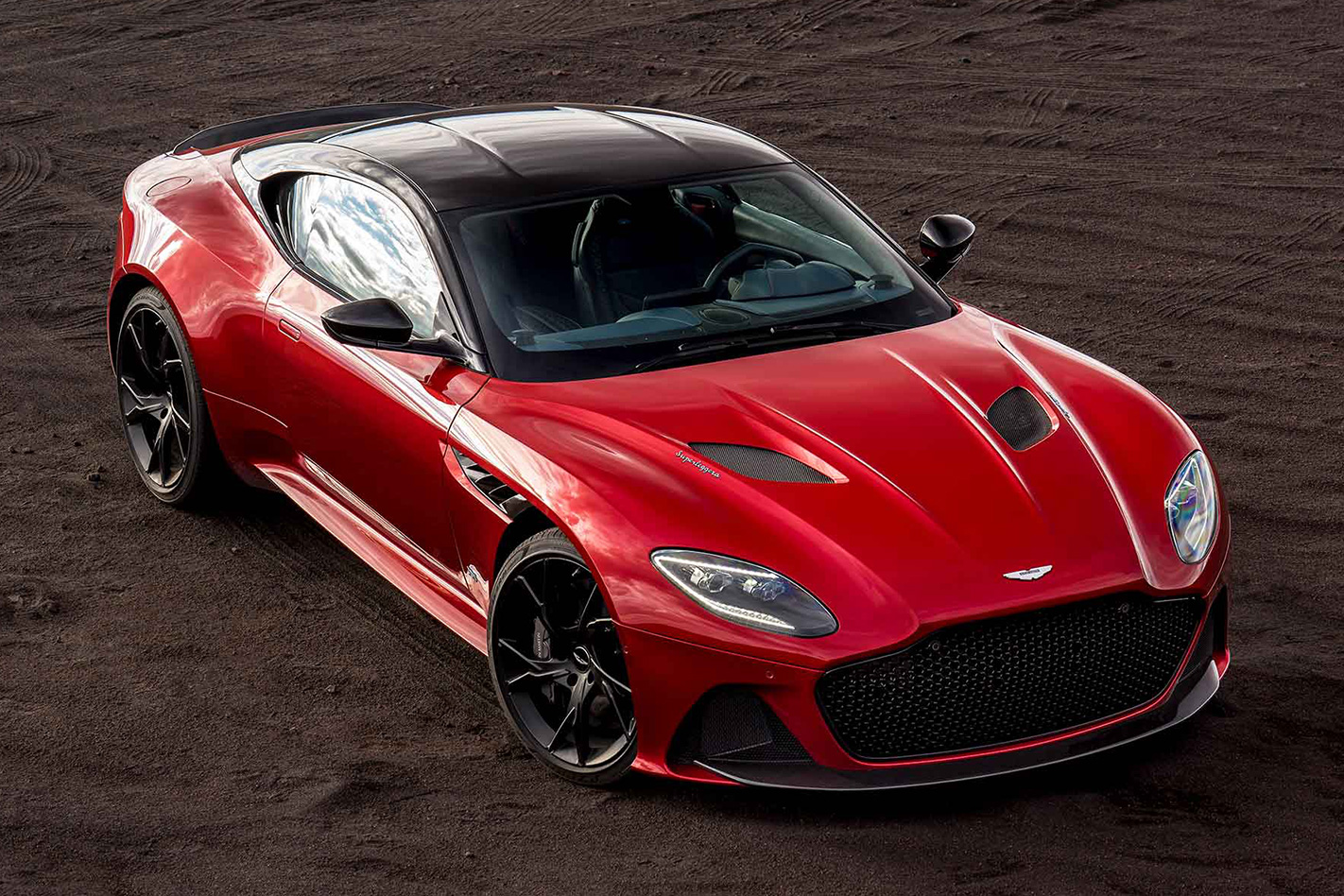
“We had all opportunities to increase our stake in Aston Martin. We do believe that for a company of that size, independence and a focused management is a recipe for success,” the German company’s CEO Dieter Zetsche told the press at last year’s Geneva motor show. Despite Aston’s swing to profitability, that position hasn’t changed. “I think just the way we are working together is the perfect way for both sides and we have no plan of changing that,” he said.


